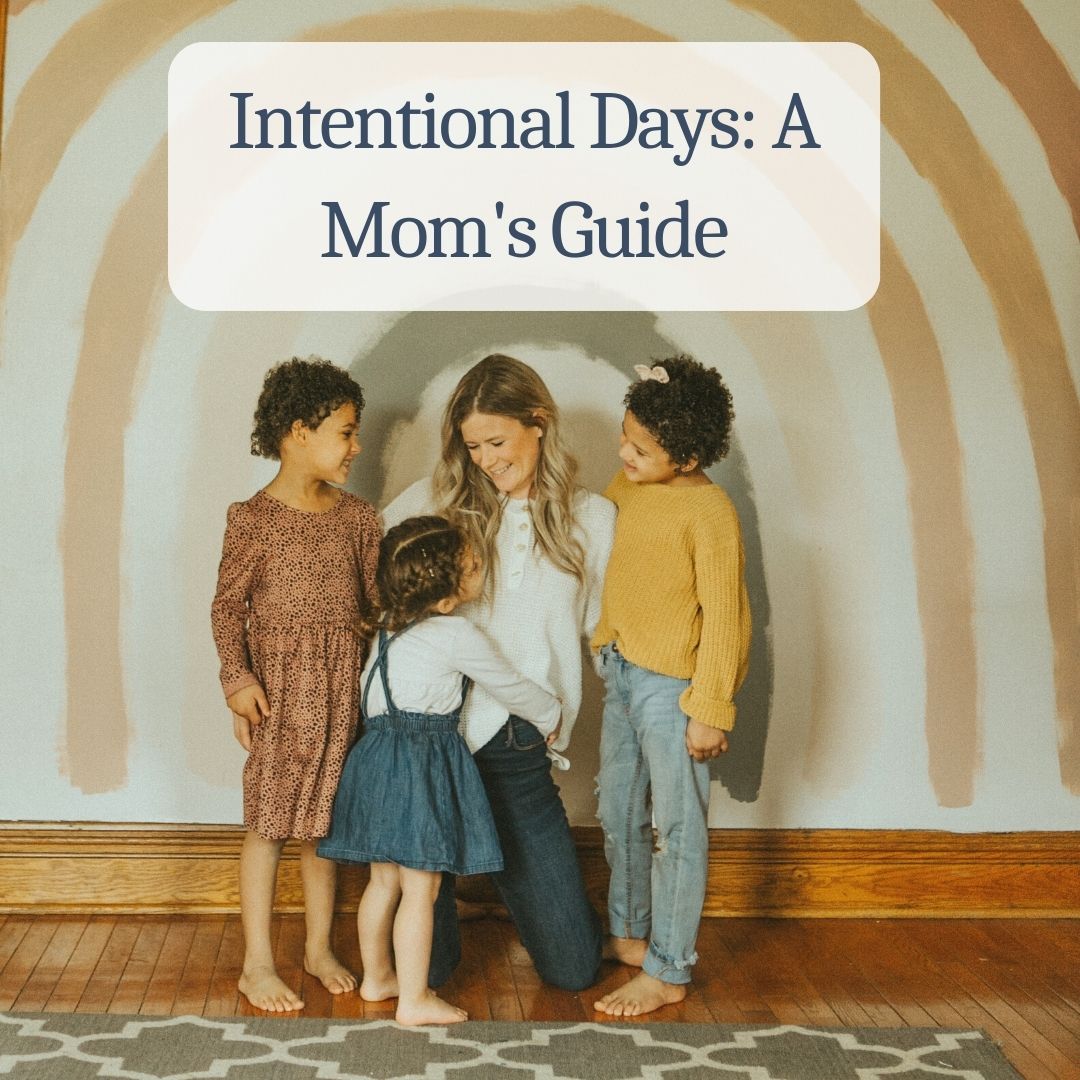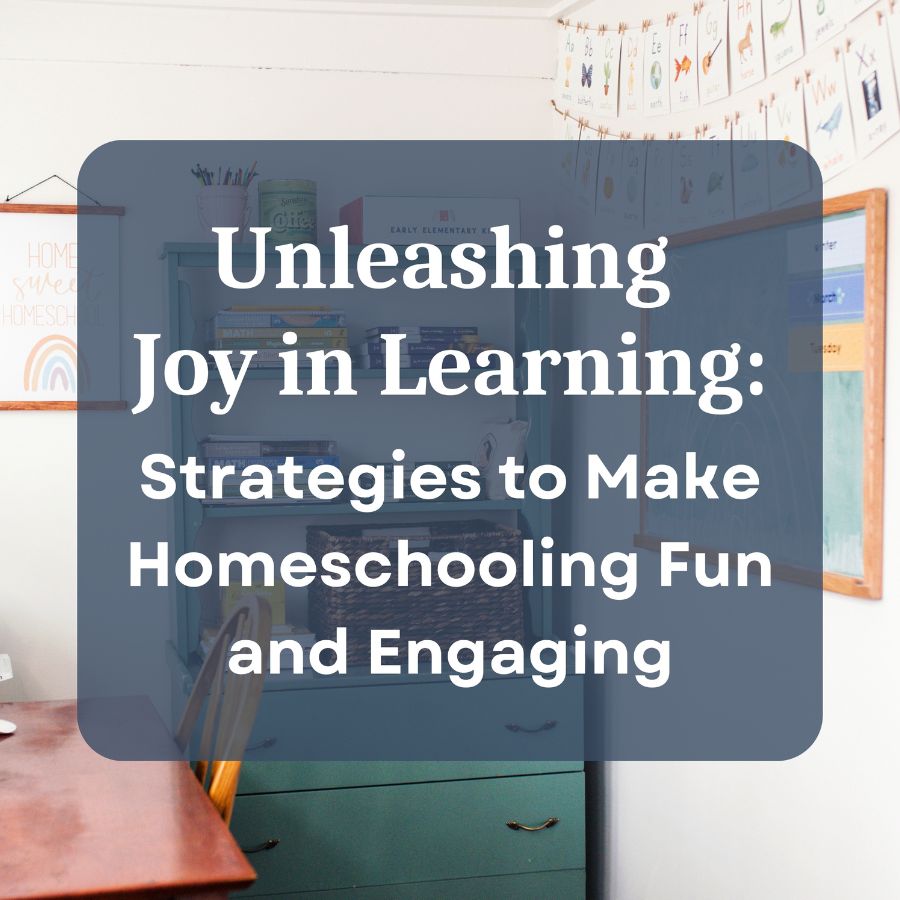Homeschooling can look different for every family, and be as colorful or fun and you make it. When it comes to managing a house full with children of multiple ages, the adventure takes on a unique blend of challenges and rewards.
How do you ensure that each child is learning at their own pace while fostering a harmonious environment? Can learning be made fun for everyone involved? The answer is a resounding yes! Here's how.
1. Embrace the One-Room Schoolhouse Model:
Before modern schooling, it was common for children of different ages to learn together in one space. This natural setup promotes peer mentoring, where older kids help the younger ones. Not only does this reinforce learning for the older kids, but it also fosters a sense of responsibility and community.
2. Involve your Older Kids:
Involving older kids in the education of their younger siblings not only provides additional teaching support for you, but also strengthens familial bonds and boosts the older child’s confidence and mastery of a subject.
How to make it even more fun? Play Teacher-Student: Turn the learning process into a playful activity where the older sibling plays the teacher and the younger one, the student. They can even switch roles for fun!
3. Use Unit Studies:
Choose a theme or topic of interest, say “dinosaurs,” and craft lessons around it for all age levels. Younger children can make art projects or listen to stories about dinosaurs. Older kids can dive into the science of Dinos or research historical periods. This way, the family is learning about the same topic but at different depths and complexities.
4. Flexible Scheduling:
Not all children learn at the same pace or have the same attention span. It's perfectly okay to have varying schedules. Younger children might have shorter, more frequent breaks, while older children may prefer longer, focused study periods. Find a rhythm that suits each child's needs.
I have often found myself doing math with my bigs from the bathroom floor, while their little sibling plays in the tub. This provided entertainment for the tots, and available time for me to dive into long division.
5. Make Learning Interactive:
Games, crafts, hands-on experiments, and field trips can be great fun. They can often be adapted for various age levels, ensuring everyone is engaged and having fun. Sites like Pinterest or educational blogs can be goldmines for activity ideas.
6. Invest in Age-Appropriate Learning Spaces:
While a communal learning area is fantastic, it's also beneficial to have age-specific nooks. A reading corner filled with colorful picture books for younger ones or a hand on building space setup for teens can make a significant difference.
7. Celebrate Every Win:
Did your teen finish a challenging project? Did your toddler finally recognize all their alphabets? Celebrate! It doesn't have to be grand—sometimes a special snack or an extra 15 minutes of play can do the trick.
8. Stay Connected with Other Homeschooling Families:
Joining a homeschool co-op or simply organizing playdates with other homeschooling families can provide a much-needed change of pace. It offers socialization, shared resources, and a chance to learn from one another.
9. Remember: Laughter is Essential:
When things don't go as planned (and there will be days like that), take a deep breath and find a reason to laugh. Sometimes, the unplanned moments, the silly mistakes, and the unexpected turns are where the best memories and lessons are made.
Homeschooling multiple ages doesn't have to be a daunting task. With a bit of creativity, flexibility, and a good sense of humor, it can be a rewarding and fun-filled experience for the whole family. Embrace the chaos, cherish the moments, and always remember that learning is a journey best traveled together.




